Enhance the depth and flavor of your meals with fresh ginger paste, a versatile ingredient that can elevate your culinary creations. In just 10 minutes, you can make adarak paste at home, making it a must-have in any kitchen. This time-saving hack is both cost-effective and convenient. Discover how to make, store, preserve, and use it in everyday cooking to bring a burst of freshness to your dishes.
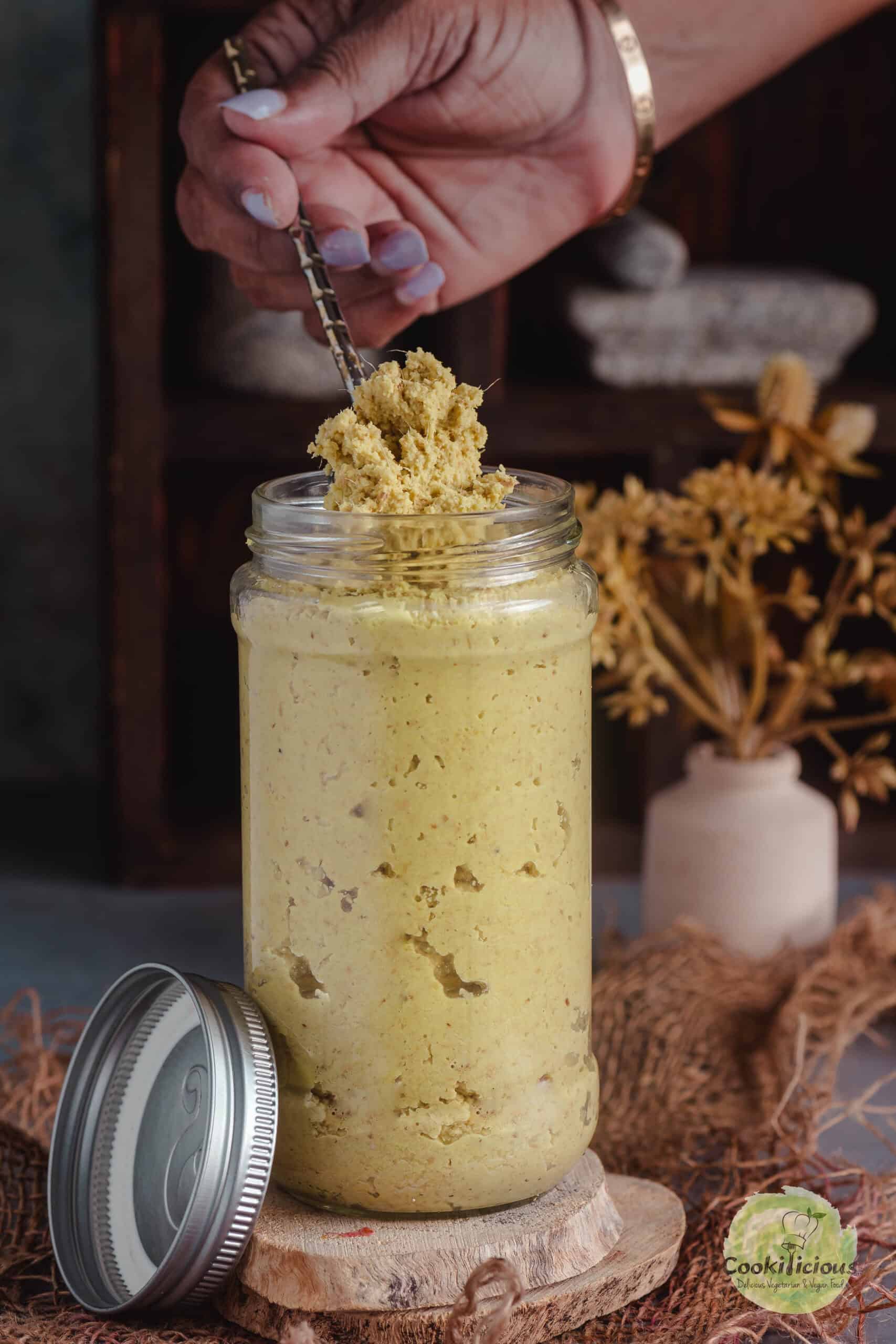
Jump to:
Purpose of ginger in cooking
It's a superfood that is also known as common ginger, culinary ginger, and adarak/adrak in Hindi, and is native to South Asia. This versatile ingredient is not only used in Indian and Asian cooking but is celebrated worldwide for its digestive properties. Although many refer to it as a root, it is a rhizome. Adrak adds intense heat and a peppery flavor to dishes and can be consumed whole, ground, cooked, or raw.
There are numerous ways to incorporate it into everyday cooking. For an intense flavor, adrak can be finely chopped, crushed, minced, grated, cut into juliennes, or made into a paste. It also comes in dry powdered form, primarily used in drinks and desserts due to its milder taste and ease of storage. Candied or crystallized adrak adds a unique sweet taste to dishes. Additionally, adrak juice and extract are available in the market, providing even more ways to enjoy this superfood.
What is ginger paste
Paste is made by blending fresh ginger rhizomes into a smooth, fine consistency. This paste captures the robust, spicy, and sweet flavor of fresh adrak. Making Indian ginger paste at home ensures you always have this superfood's unique flavor and health benefits on hand, enhancing your cooking with minimal effort.
Similar to garlic paste, adrak paste is an essential ingredient in everyday cooking. Homemade paste adds a vibrant, fresh taste to dishes like curries, marinades, soups, and stir-fries. Instead of buying it from the store, you can make fresh ginger paste at home in just 10 minutes by following this simple recipe. It's also an excellent way to use up that knob of adrak before it goes bad!
Do you need to peel ginger?
Peeling adrak is optional. The skin is edible, nutritious, and flavorful. You can simply remove any bruised parts instead of peeling the entire root. If you prefer to peel it, use a vegetable peeler or a spoon to scrape away the thin skin. Although the skin comes off easily, the root's grooves can make peeling a bit inconvenient.
Why make it
- Convenience: Pre-made Indian ginger paste reduces meal prep work and saves time when cooking.
- Prolonged Shelf Life: Ground adrak has a longer shelf life than fresh ones, without losing flavor or potency.
- Availability: This time-saving hack ensures you have it on hand even when fresh adrak is unavailable or out of season.
- Easy to Incorporate: Adrak puree is simple to add to soups, stews, curries, sauces, and other dishes, providing consistent flavor and texture.
- Superior Taste: Homemade puree tastes way better than store-bought versions, enhancing the flavor of your dishes.
- Cost-Effective: Making it at home is more economical than purchasing pre-made options.
- No Artificial Preservatives: It's free from artificial additives, preservatives, and color, making it a preferred option.
- Diet-Friendly: Naturally vegan, gluten-free, nut-free, and soy-free, catering to various dietary needs.
- Bulk Preparation: Can be made in large quantities and frozen for future use, ensuring a constant supply.
- Simple Recipe: Requires only one main ingredient, plus oil, water, and salt.
- Quick to Make: It is prepared in just 10 minutes.
Homemade is the best
We enjoy creating various spice blends and kitchen essentials at home for exactly these reasons. Some of our favorites include dairy-free ghee, vegan honey, garam masala, turmeric powder, and coriander-cumin powder.
🧾 Ingredients Needed
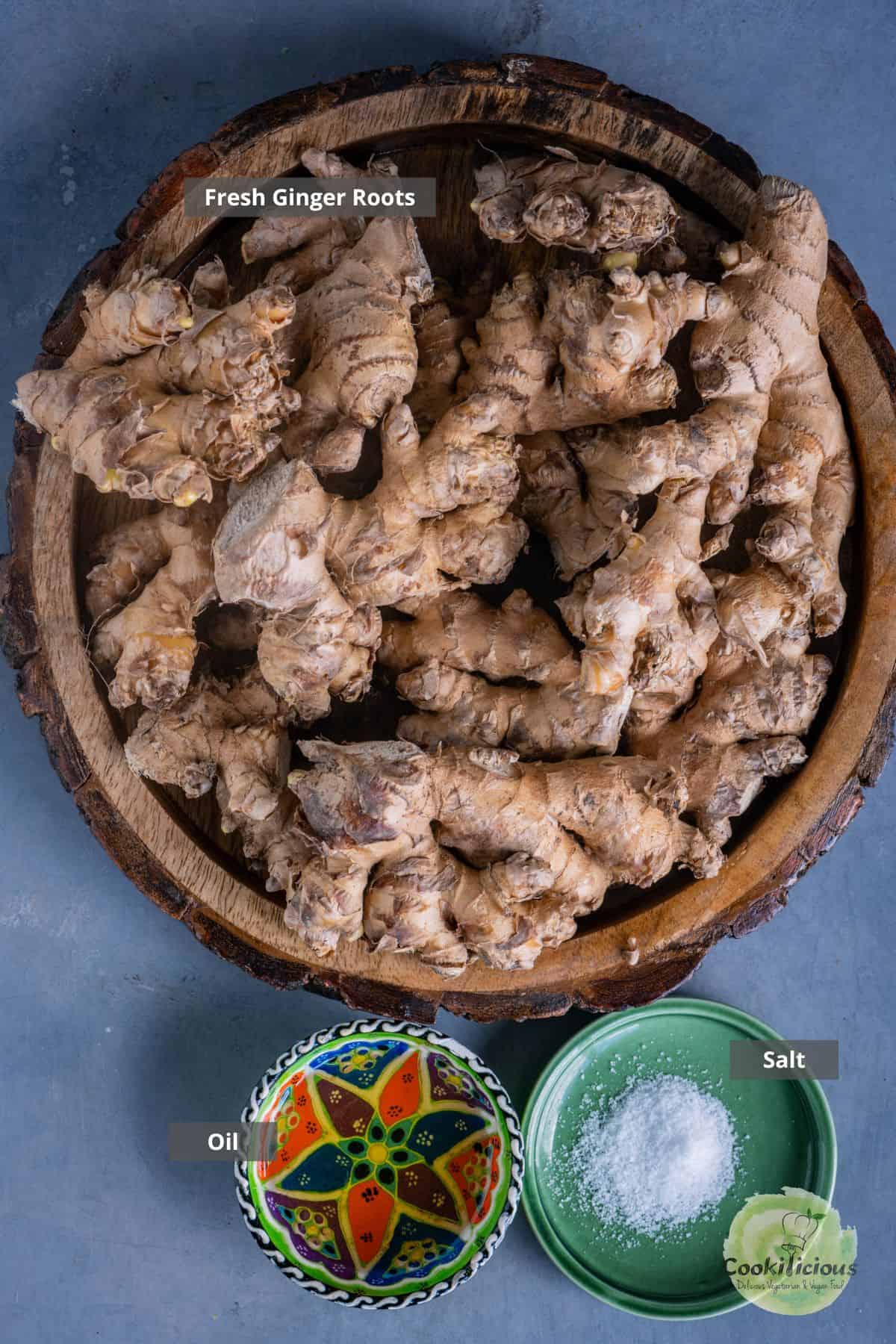
Ginger - Use fresh, organic ginger roots for the best aroma and strongest flavor. They should be firm, plump, smooth, and free of wrinkles or soft spots. Frozen adrak can also be used. Thaw it before grinding.
Cooking oil - Use a neutral vegetable oil such as avocado oil, sunflower oil, canola oil, or olive oil. Oil helps protect the ginger's essential oils from going rancid, increasing shelf life, and aids in blending if the adrak is stringy. Adding oil is optional; vinegar can be used instead, but it may alter the flavor.
Water and Salt - Salt acts as a natural preservative and prevents the paste from spoiling. Water helps with binding the ingredients. Some homemade ginger paste recipes include a teaspoon of vinegar along with salt for additional preservation. Some add a teaspoon of turmeric powder for a different flavor profile.
Equipment - A high-speed blender or food processor is required to blend the ingredients smoothly.
How To Make It 🔪
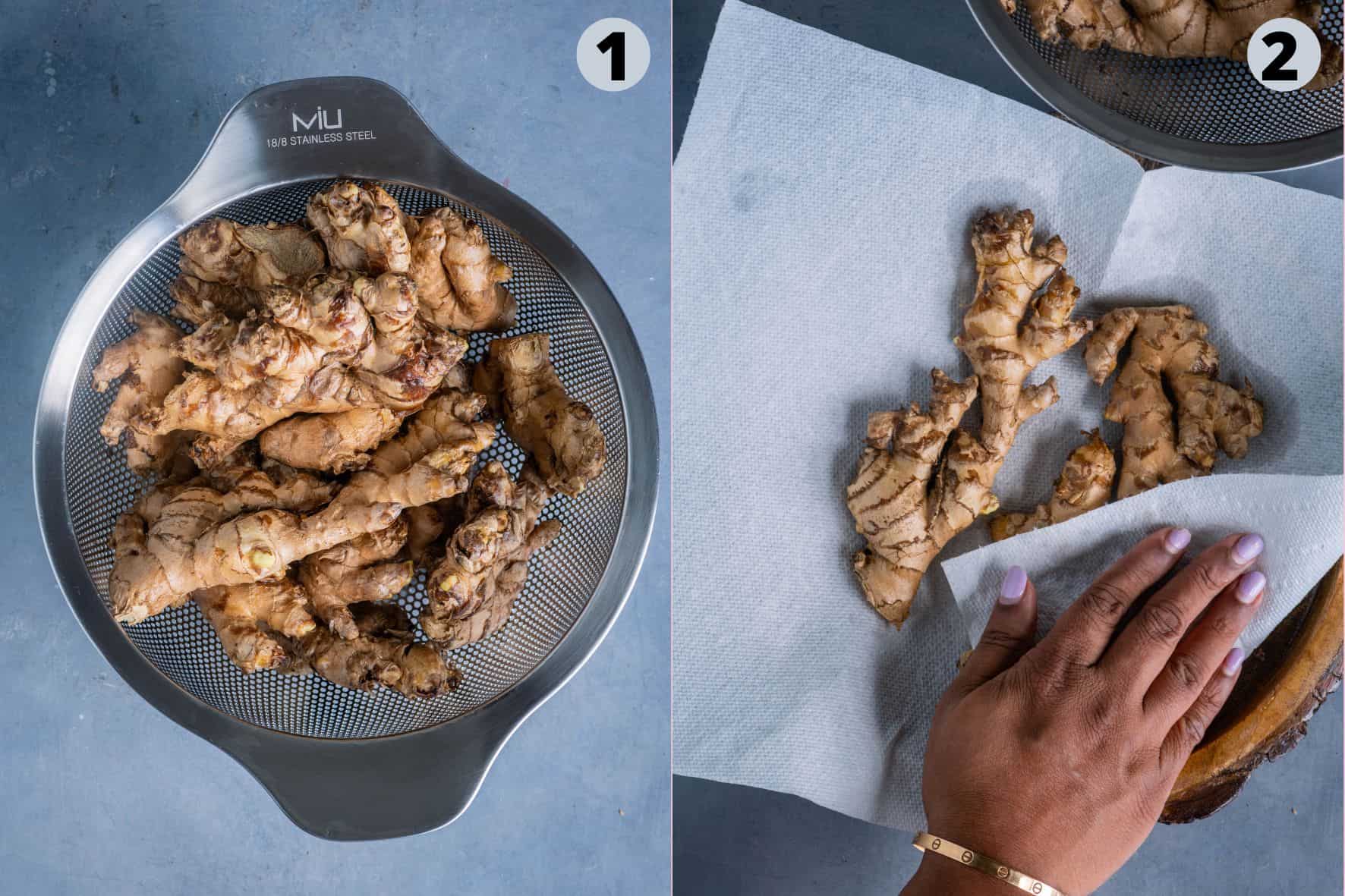
- Wash adrak under running water to remove all the dirt and mud deposits.
- Pat them dry. If you want to peel the skin, then now is the time to do it.

- Roughly chop the fresh ginger roots. Do not keep the chunks too big. Chef tip - The smaller you chop them, the easier it will be to grind them.
- Transfer to a blender jar. Add salt and oil.
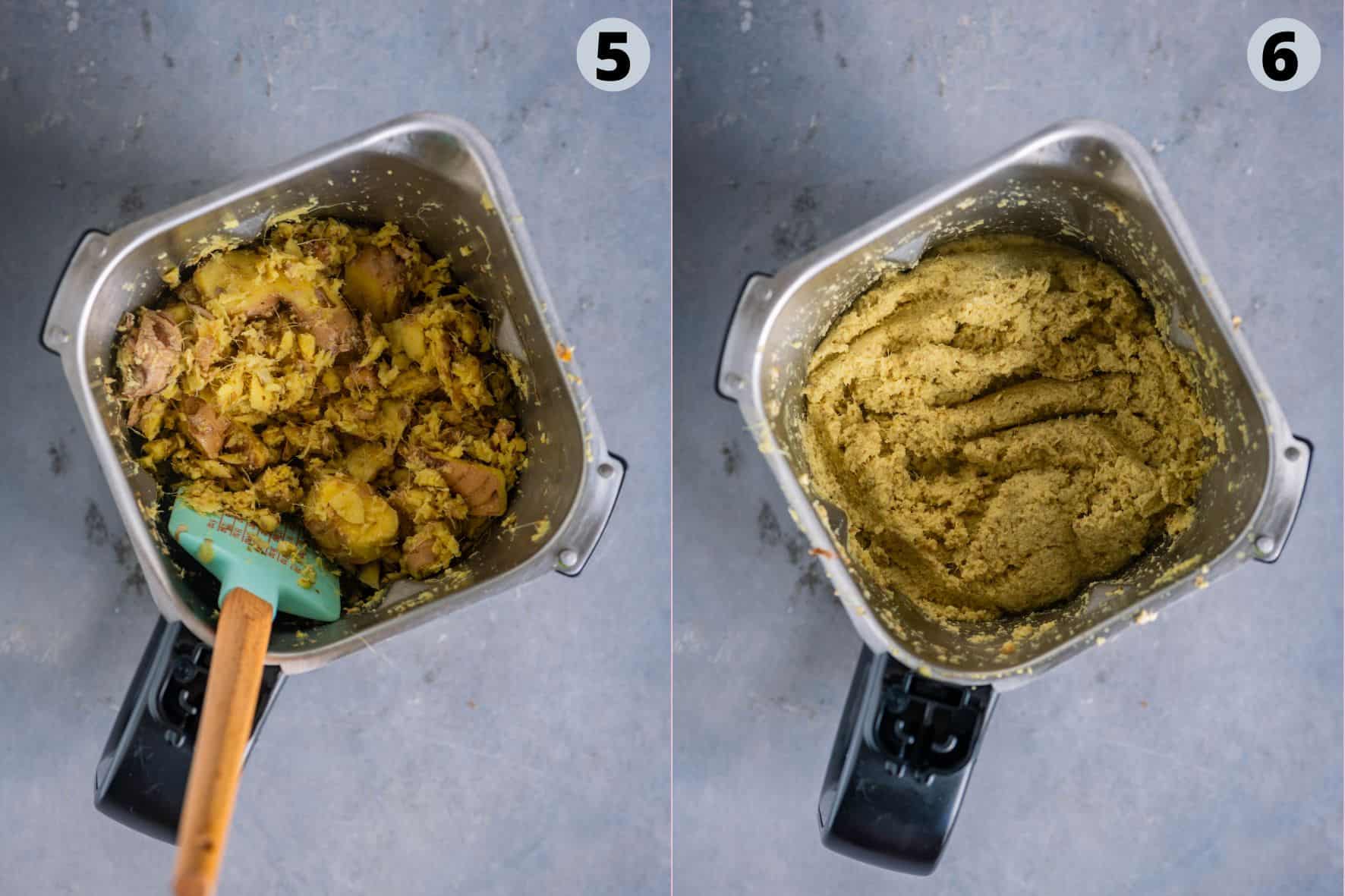
- Blitz to make a smooth paste. Add water to facilitate blending. Stop at intervals and using a flat silicone ladle mix it up from bottom to top, to ensure even grinding. Do not forget to scrape down the sides of the blender when doing so. Grind it in batches depending upon the size of your blender. Be patient, it will take some time depending on the speed of your blender.
- When done, it should look smooth. There should be no chunks left.
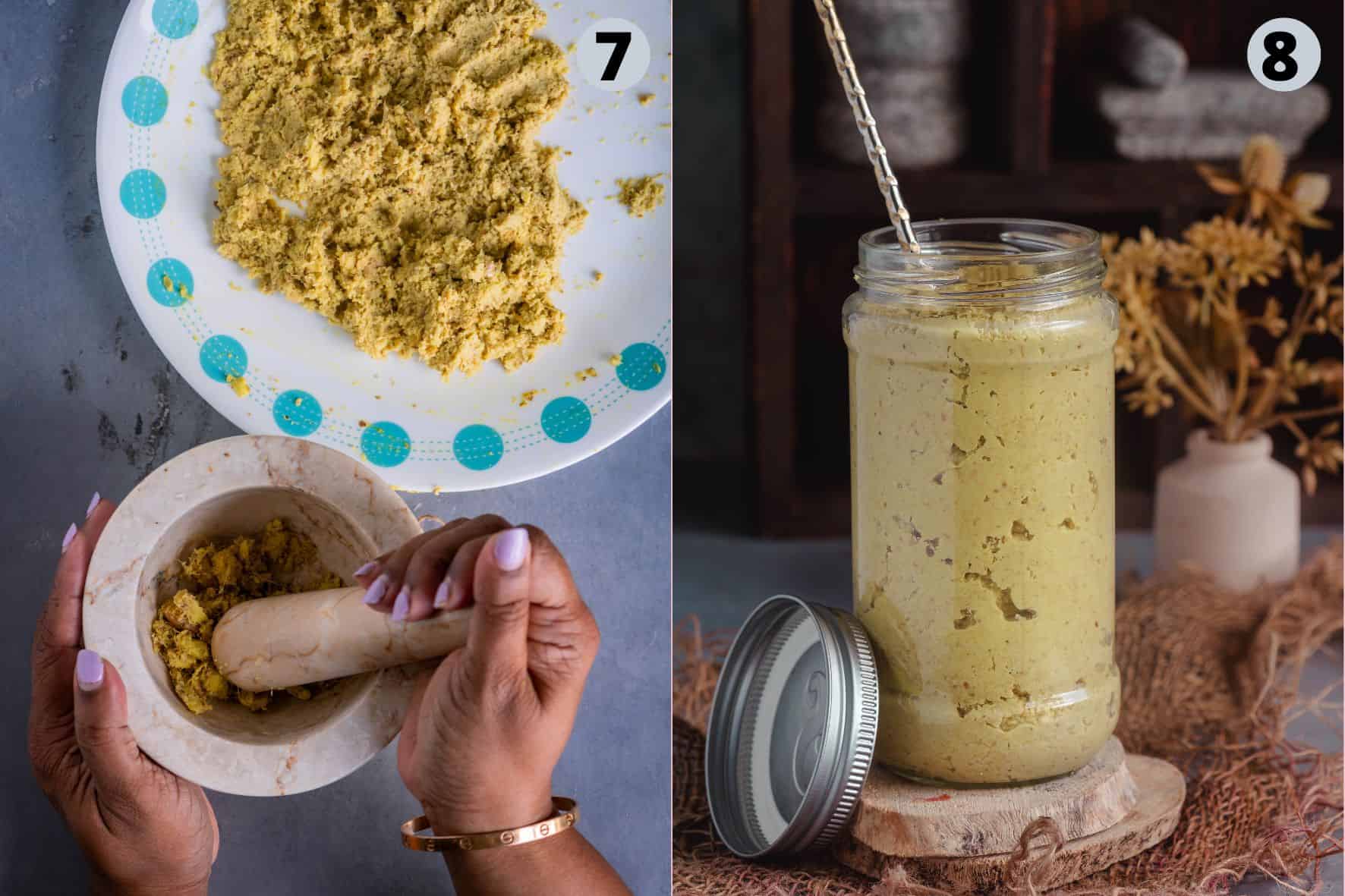
- As an additional step, transfer the ground adrak to a plate. Check if there are any chunks left behind, using your hands. Crush them with a mortar and pestle. Do this if you prefer a smooth consistency without any bits.
- Store homemade ginger paste in a clean dry glass jar with lids for immediate use.
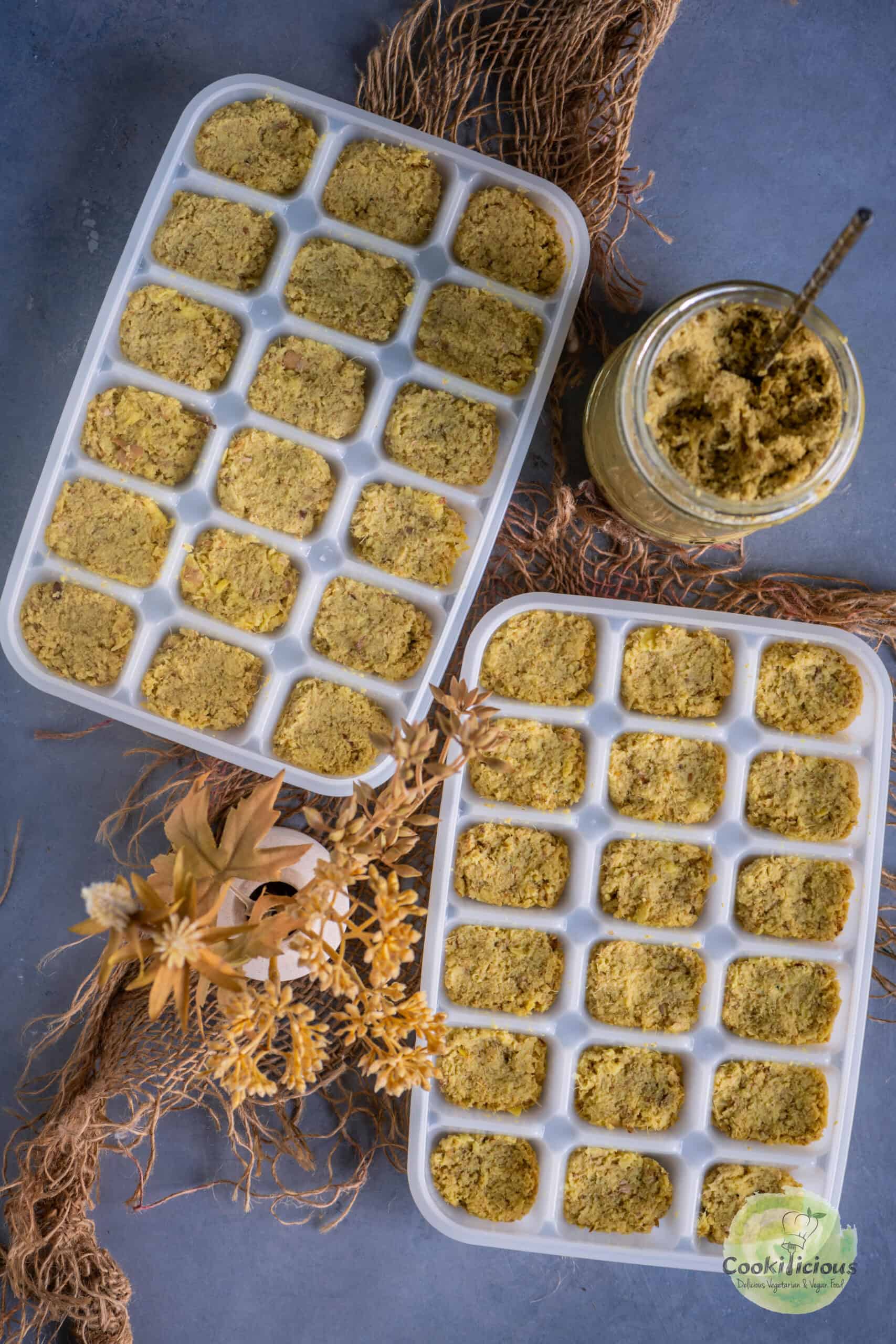
🍽 Serving Suggestions
How much ginger to use in recipes
One pound of fresh ginger yields approximately four cups of pureed ginger. One tablespoon of this paste is equivalent to about one inch of ginger root. You can substitute one tablespoon of ground adrak with one tablespoon of minced or grated adrak, or one teaspoon of powdered ginger. Adjust these amounts to suit your taste. If you're new to ginger, start with small doses to see how your body reacts.
Store the jar in the fridge and use it for a month. Freeze the rest in ice cube trays or ziplock bags for later use. Use it in any recipe that calls for fresh adrak, ginger-garlic paste, or minced/grated ginger. Add it directly, there is no need to thaw! If a recipe calls for adrak-lahsun paste, you can use this along with garlic paste or minced garlic.
Ways to use ginger paste in cooking
Use it in recipes like Masala Chai (add a teaspoon), Indian Masala Pasta, Potato Sandwich, Green Peas Curry, Matar Kachori Pinwheels, Dal Pakwan Tostadas, Mushroom Kalan, Paneer Masala Stuffed Peppers, Aloo Gobi, or Besan Chutney. You can also add it to smoothies, curries, stir-fries, snacks, appetizers, drinks, salads, rice, paratha, or dessert recipes.
💭 Priya's Recipe Tips
To remove the long fibers from the ginger, slice it crosswise like a carrot. Then grind these small rounds. Alternatively, you can use baby ginger, which has less fiber. Start with a minimal amount of oil and water. If it grinds well, avoid adding more. The given proportions are just guidelines. You can skip adding salt if preferred.
Use a high-speed blender to achieve a smooth paste with no chunks. If the paste is too watery, add more adrak to adjust the consistency. Fill ice cube trays with freshly pureed ginger using a tablespoon to ensure even distribution. BTW, if you don't wish to refrigerate or freeze, make fresh ginger puree as you need.
FAQs 📖
For the best aroma and strong flavor, use fresh organic ginger roots. Choose ones that are brown in color, firm, and smooth, without any wrinkles or soft spots. Be careful not to confuse them with turmeric roots, as they look slightly similar.
Buying adrak in bulk can be cost-effective, with one pound of ginger root typically costing between $8 and $10 at regular grocery stores. However, purchasing adrak from local Indian stores, such as Patel Brothers, is often cheaper and more flavorful. Make the paste within a week after purchase for optimal freshness and taste.
Go the traditional way! Use a mortar pestle to crush it into a smooth paste. Alternatively, you can also grate or finely chop it. Making adrak paste just makes it convenient and saves time.
For small batches, store it in a clean, dry glass jar with a lid, and use it within four weeks.
For larger batches, freezing is the best option. Use ice cube trays with lids, Souper Cubes, or silicone chocolate molds to portion the paste into individual servings. This way, you can easily use a portion without thawing the entire batch. Once frozen, transfer the cubes into a freezer-safe bag or container, and label it with the date you made the paste for easy reference.
Another option is to store the paste in Ziploc bags. Flatten the bags before freezing, so you can snap off a piece as needed. Frozen cubes can be added directly to a skillet without thawing. However, if you're using the paste for baking, thaw it before use.
Always return the jar or tray to the fridge or freezer immediately after use. Leaving it out for too long or repeatedly thawing and freezing will cause the paste to lose its aroma and freshness.
Yes, it can. If not stored properly, it can go bad and develop mold. The color will change to dark brown and it will smell bad or lose the aromatic flavor. Discard it when that happens. Also, when you buy fresh adrak, try to use it within a week else it will start to lose its flavor. Always use a clean dry spoon to remove the amount you need from the jar to prevent contamination.
You can mix garlic cloves with it and make a ginger-garlic paste. Some also add green chillies to make adrak mirchi paste. I prefer keeping them separate because sometimes recipes call for just a specific ingredient.
It will not be a 1:1 substitution and every recipe is different. But galangal, turmeric, orange zest, lemon zest, or lemongrass can be used as a substitute. If you are looking for a ginger paste substitute - One tablespoon of paste is equivalent to about one inch of ginger root. A tablespoon of paste can be substituted with one tablespoon of minced or grated ginger, or a teaspoon of powdered ginger.
More recipes using ginger paste

⭐️ Subscribe to the Cookilicious Newsletter and receive new recipes straight to your inbox! You'll receive my FREE Vegan Beginner's guide as a gift. Ready to elevate your cooking game? Purchase my Cookbook - The Essential Vegan Indian Cookbook today!
Recipe 📖
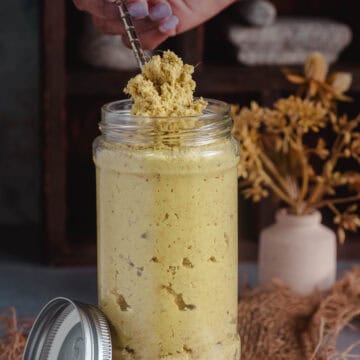
How to make Ginger Paste
Equipment
Ingredients
- 1 lb fresh organic ginger
- ½ cup neutral vegetable oil
- ½ teaspoon salt
- ½ cup water
Instructions
- Wash the ginger under running water to remove all the dirt and mud deposits.
- Pat them dry. If you want to peel the skin, then now is the time to do it.
- Roughly chop the roots. Do not keep the chunks too big. Chef tip - The smaller you chop them, the easier it will be to grind them.
- Transfer to a blender jar. Add salt and oil.
- Blitz to make a smooth paste. Add water to facilitate blending. Stop at intervals and using a flat silicone ladle mix it up from bottom to top, to ensure even grinding. Do not forget to scrape down the sides of the blender when doing so. Make ginger paste in batches depending upon the size of your blender. Be patient, it will take some time depending on the speed of your blender.
- When done, the paste should look smooth. There should be no chunks left.
- As an additional step, transfer the ground adrak to a plate. Check if there are any chunks left behind, using your hands. Crush them with a mortar and pestle. Do this if you prefer a smooth consistency without any bits.
- Store it in a clean dry jar in the fridge and use it for a month. Freeze the rest in ice cube trays or ziplock bags for later use. Use it in recipes as needed.

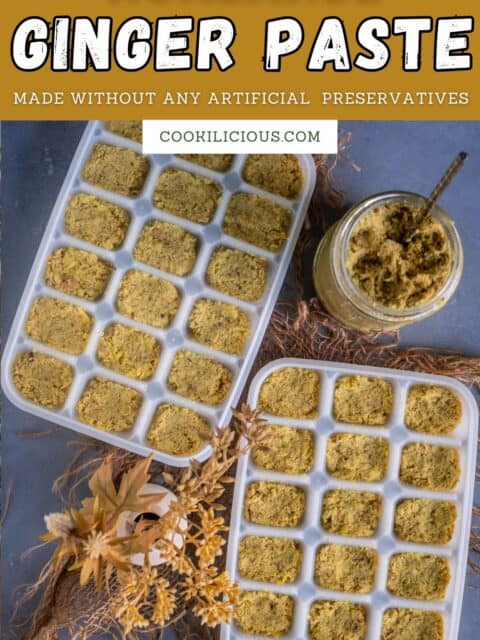
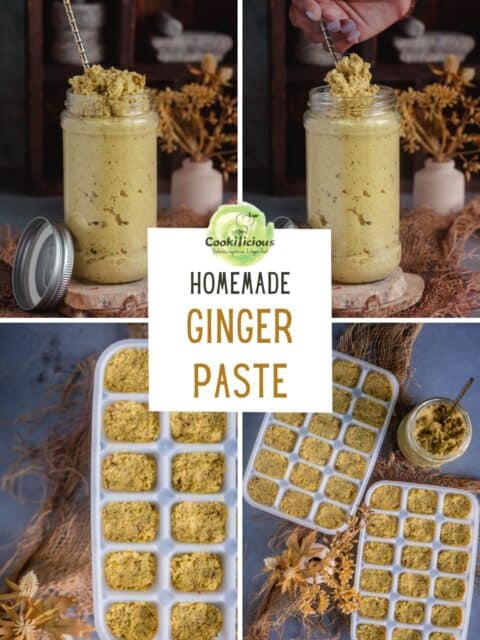
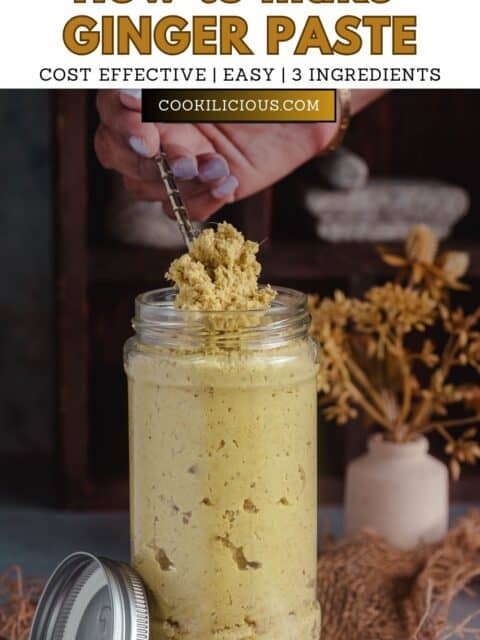

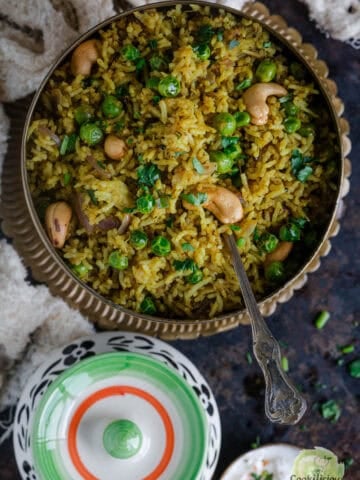

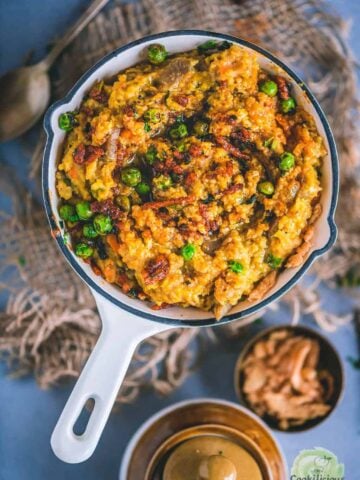
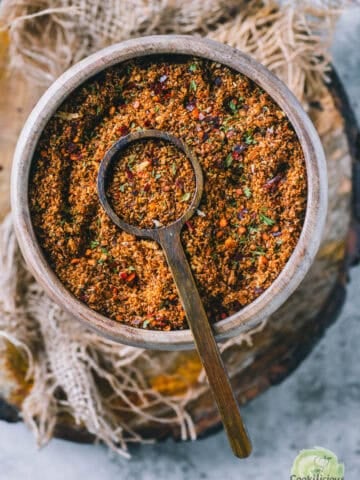

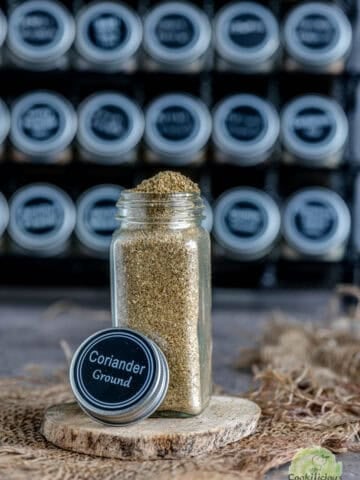
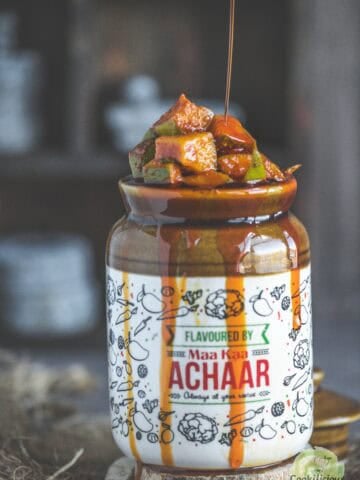
Leave a Reply